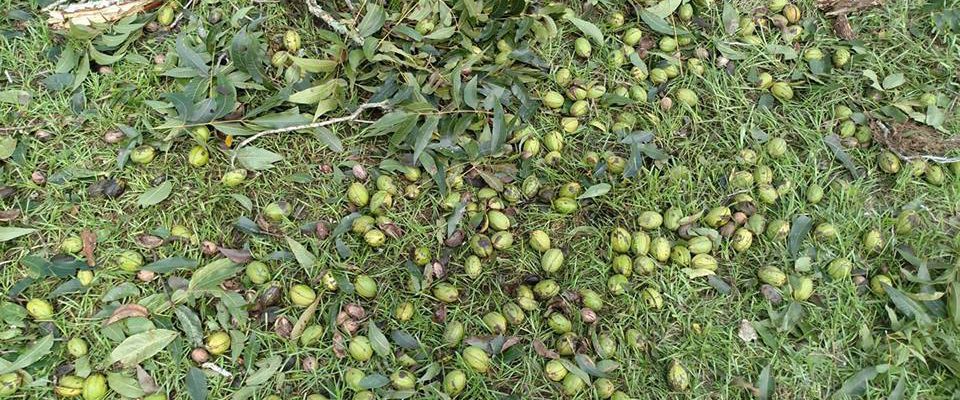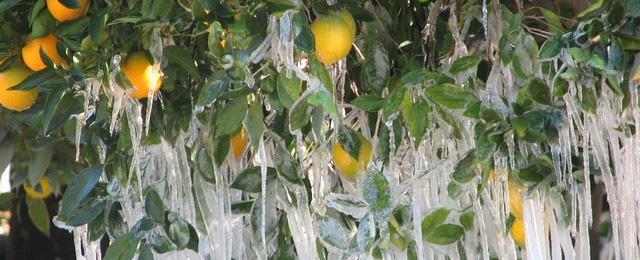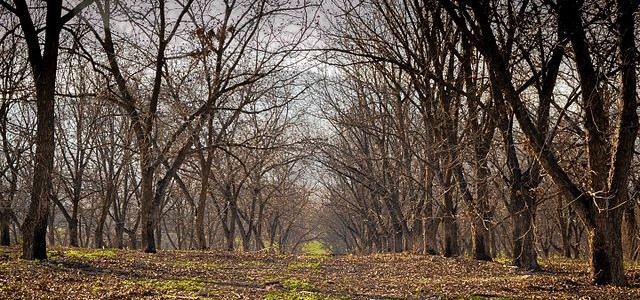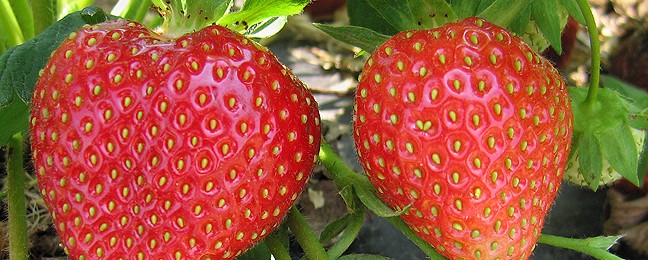Fruit
-

Citrus has a long history in Louisiana, where warm temperatures have produced a great area for the growth of citrus trees, especially near the Gulf Coast. But that location is bad for hurricanes, and in recent years citrus farmers have been repeatedly pummeled by the direct effects of the wind as well as the indirect…
-

Even though the Atlantic tropical season is over for this year, we are continuing to see impacts from this year’s storms coming in. We are also still seeing impacts from the wet conditions that have occurred across parts of the region this year. Here are three stories which describe some recent impacts of this summer’s…
-

With La Nina now firmly in place, producers are starting to think about what that means for crop and fruit production next year. We know that La Ninas tend to bring warmer and drier than normal weather to most of the Southeast, and this one is expected to be fairly strong, so all of the…
-

Vegetable and Specialty Crop News has provided several stories this week about how our weather this year has affected agriculture. Below you can find direct links to the stories. Alabama Pecan Producer Still Picking up Pieces Following Hurricane Sally Following Eta, Florida Farmer: Squash is Melting on the Plant Plethora of Plant Diseases Following Rainy…
-

UF/IFAS has a working group that provides information on cold hardy citrus such as satsumas to farmers in northern Florida and southern GA and AL. Their latest newsletter gives information on how farmers can minimize the impacts of cold weather on their plants and a good list of resources for Florida (sadly, it does not…
-

According to the Southeast Farm Press, “With the 2020 harvest kicking off, all signs show Georgia’s pecan crop will be the largest in more than a decade and set the state back on top.” I’ve been hearing reports of pecan trees with such heavy loads of nuts that producers have been concerned that strong winds…
-

Strawberry planting is underway and in some places is almost done in the Southeast. Now growers are watching for the cold outbreak that will bring widespread frost to the area. The cold temperatures could cause damage to the newly planted strawberries if frost comes before the young plants are sufficiently hardened off. This cold damage…